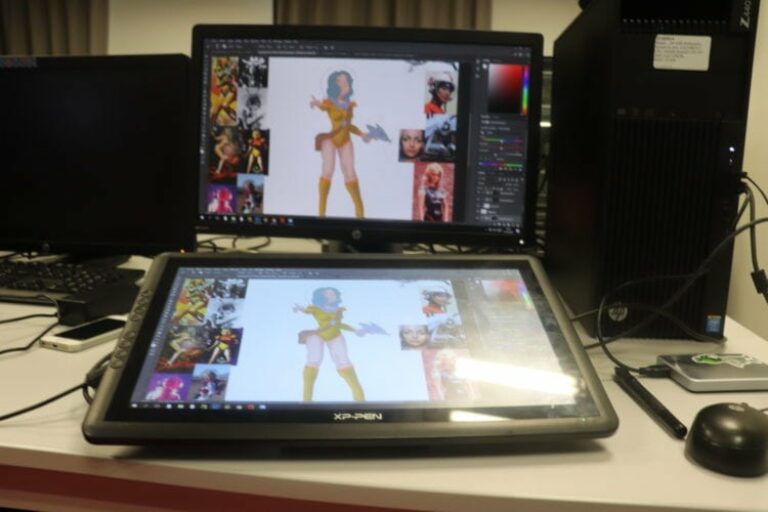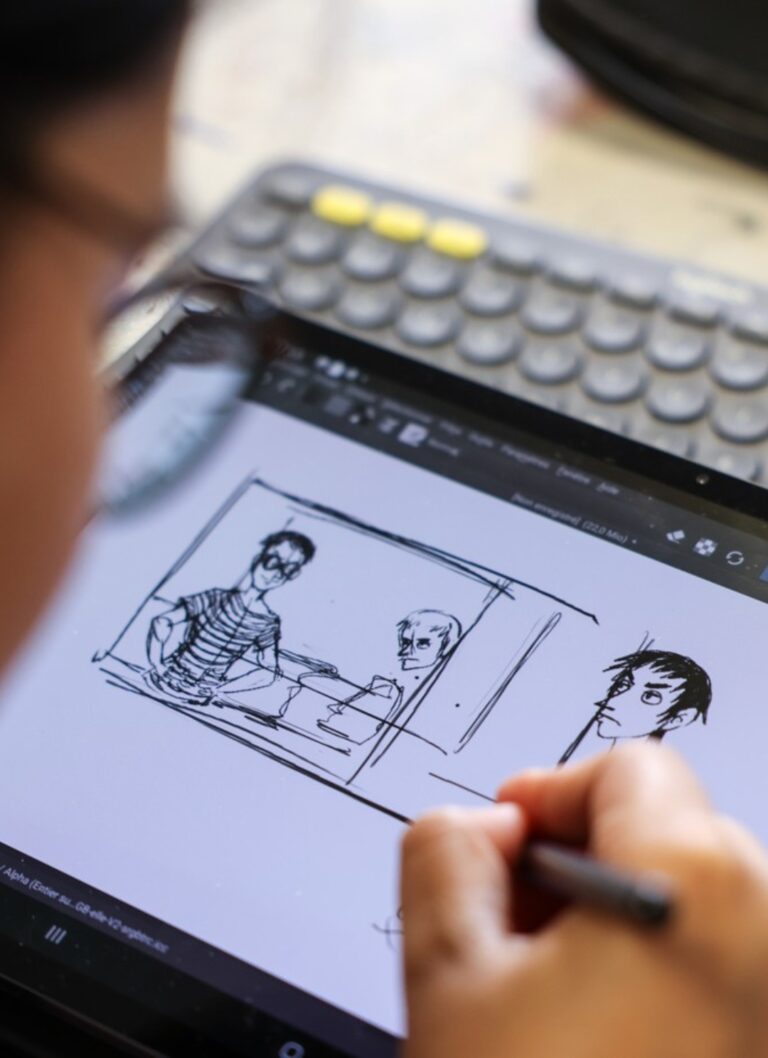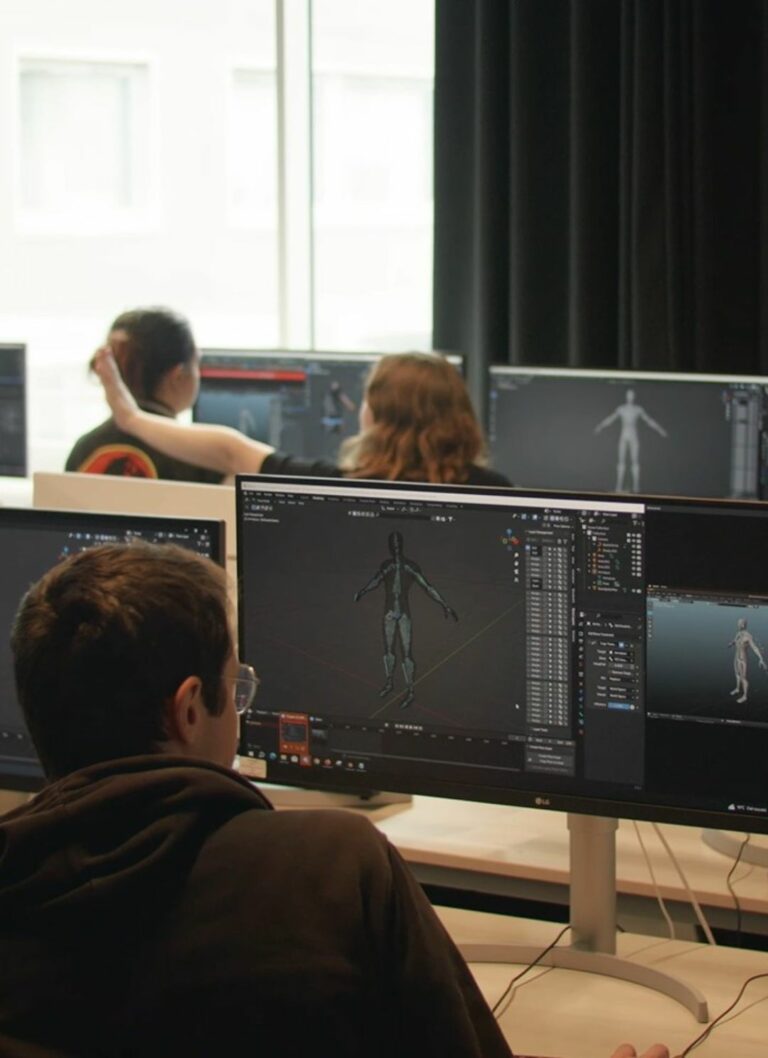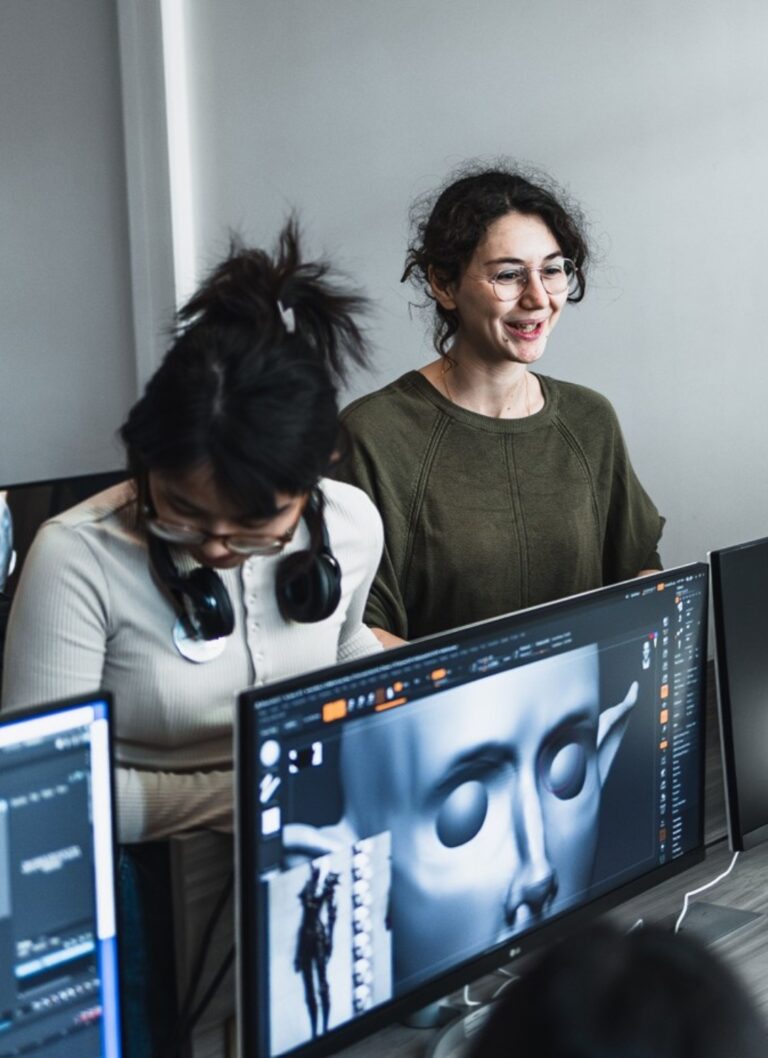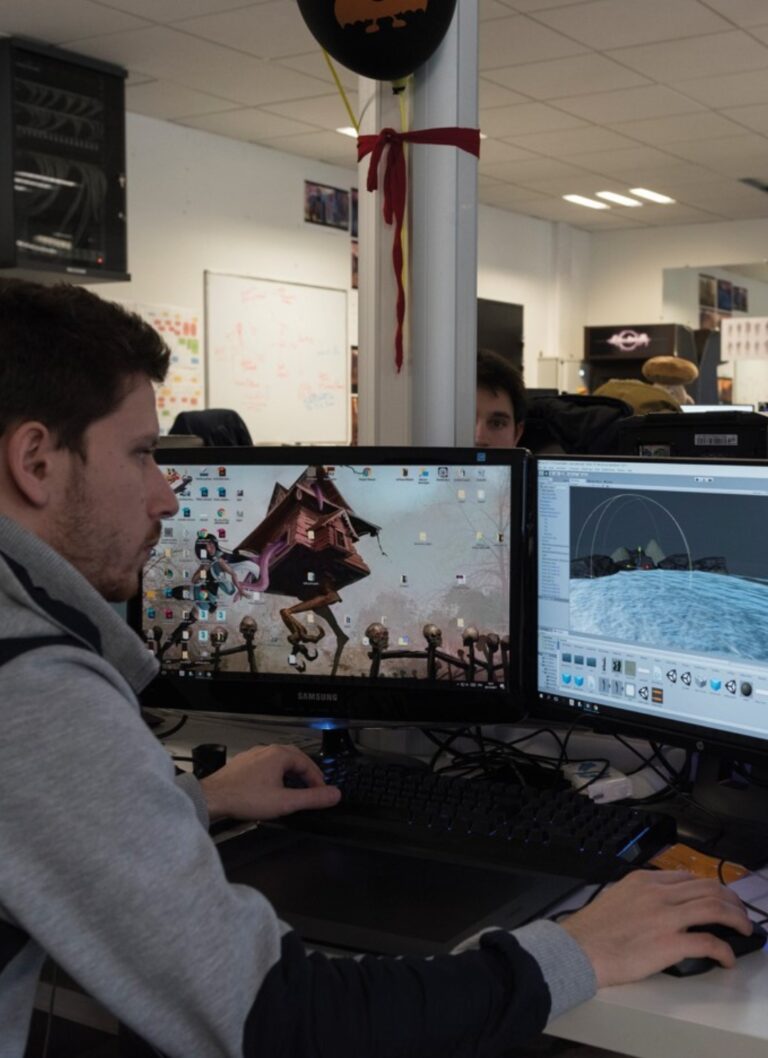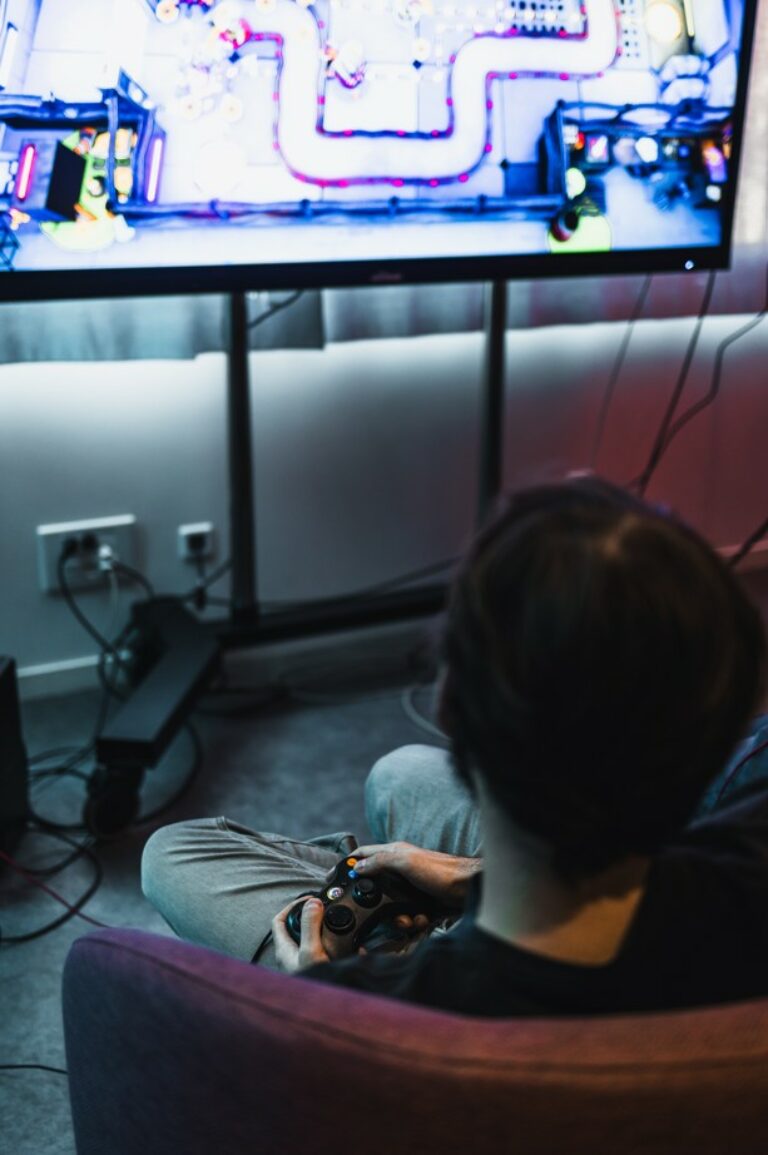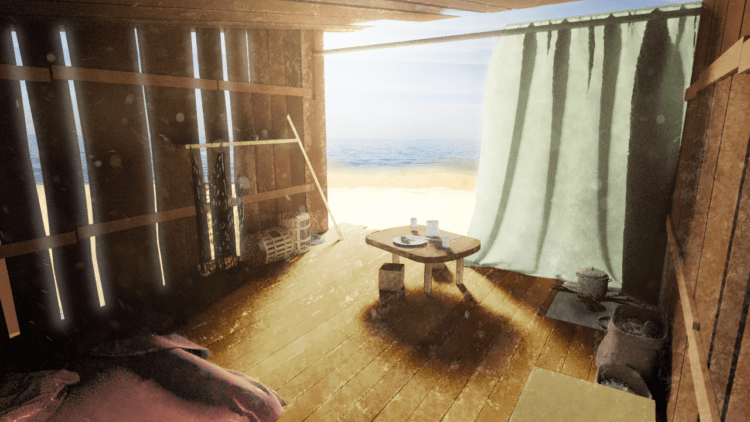
The Rendering Artist colours, paints, sculpts and shapes in the same way as any artist, although the medium remains entirely digital. They make artistic choices.
The Rendering Artist’s Role and Responsibilities
Rendering or image synthesis is the automatic process of generating an image from a 2D or 3D model (using computer programmes). The rendering artist colours, paints, sculpts and shapes like any other artist, although the medium remains entirely digital.
Rendering is mainly used in video games, animated films, simulators, architectural designs, special effects for television and design visualisation. The techniques and functionalities used vary depending on the project. Rendering increases efficiency. It is an essential cog in the design/construction machine, with the rendering artist at the helm.
His Expertise, His Knowledge
Behind the images lies know-how, a genuine artistic sensibility and in-depth knowledge of lighting and 3D rendering concepts.
A perfect command of 3D production software solutions, advanced mathematics (algebra, matrix, differential and integral calculation), the process of graphic production languages (GLSL, HLSL, CG, etc.), knowledge of OpenGL ES and the technical constraints associated with development on current mobile platforms is a plus (performance/memory), knowledge of C and C#, and a command of the fundamentals of modelling, texturing and the production of post-processing effects are essential.
The rendering artist’s tools are Photoshop, Renderman, Rhinoceros, VRay and AutoCAD, as well as other powerful 3D rendering software. To use them correctly, the professional must be precise with the mouse and keyboard.
Rendering artists are reactive, organised and analytical

The renderer needs to have know-how, a genuine artistic sensibility and in-depth knowledge of lighting and 3D rendering concepts
Are you interested in this profession? You’ll need an analytical mind, capable of persevering to solve complex problems. You’ll also need to be a good communicator and a good listener, so that you can identify problems, advise on the solution to be adopted and the rendering process to be used.
The rendering artist is autonomous, organised and responsive and, last but not least, has a real interest in original graphic/visual creations.
Career and development opportunities
A rendering artist may work in a design studio or video game studio as an employee, but may also work on a freelance basis.
After a few years’ experience, rendering artists may consider moving on to positions with greater responsibility, such as supervisor or other management positions within the VFX department.
Their knowledge of the workings of the digital industry and 3D production software solutions are assets that can open doors in this sector.
